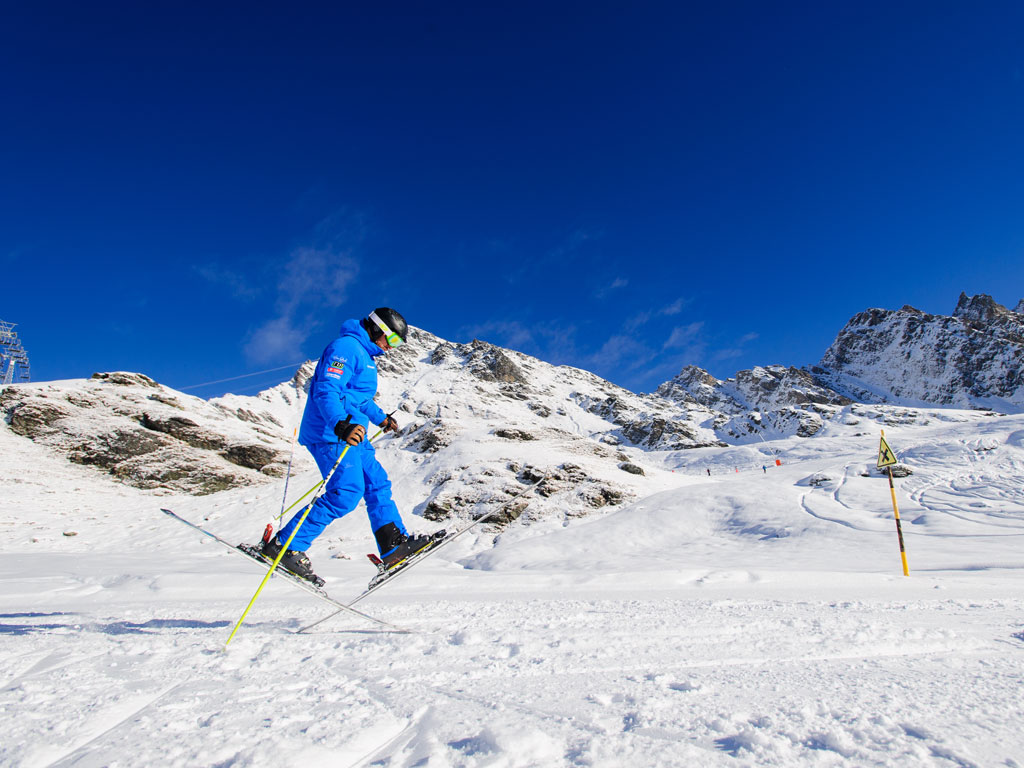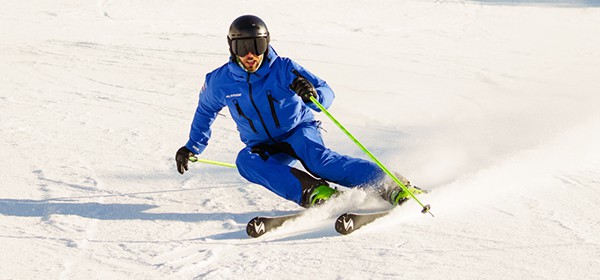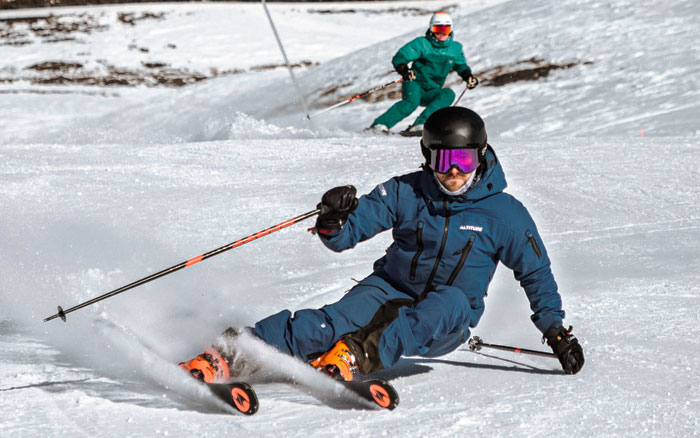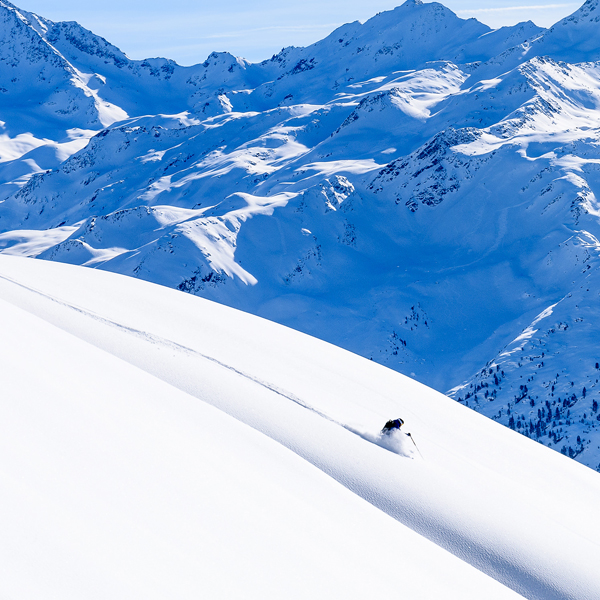Balance is a very important skill for all levels of skiing ability from novice to expert. If we skied directly after a heavy ‘après-ski’ session (I don’t advice this!), I think most of us would see our performance decline. With some simple and focused training before our holiday, we can improve our balancing skills to help us to perform better on skis. This could involve a variety of exercises, from standing on one leg through to more challenging tasks such as standing on balance balls or slack lines.
Why is balance important?
When a beginner skis down a very gentle slope, or when an advanced skier descends a steep slope, there are some basic principles of physics which apply in every situation. Good balancing skills enable us to stand over the ski in the correct position to manage the forces and essentially control our skis and our speed, giving us the confidence to perform well. Occasionally experienced and less experienced skiers ‘almost’ fall over when skiing. We all know that for the majority of the time this is not our fault ;-). On these rare occasions, it is our balance that helps us to recover and get back to our skiing position, preventing us from ending up on our backside.

Types of balance in skiing
Common problems are to be too far back or forwards, or sometimes slightly inside at the end of the turn. Ideally we want an even distribution – not too much on our toes or on our heels and to always be balanced over the downhill ski. A simple exercise you can do is to try hopping both skis off the ground. If you are balanced, the entire ski will lift evenly off the ground. If not, keep practicing it. This can also be adapted for advanced skiers by jumping in the fall line on steeper slopes. To practice your lateral balance, try lifting your inside ski during a turn – small lifts at first, then larger and larger until you can ski a whole turn on the outside ski.
Gym work to help my balance skills?
Much of the balance in sports comes from your core (the muscles around your spine, lower back and abs). By having your core tightened, you give yourself a strong and stable platform to work with. Having a strong core also makes it less likely that you will be thrown out of position, and makes it easier to pull your body pack into position whose times when you get thrown or bumped out of place. Aside from working on your core before you go skiing, you can use this when you get on the hill. Before you start a descent, squeeze your abs tight and hold it then set off; this will help keep your body strong and in position (don’t forget to breathe!)

Tips for improving balance
Skiing is dynamic, and constant adjustments are required to remain balanced. Confidence is required to make these active movements and adjustments when skiing; for example projecting your hips forwards at all times to stay over the centre of the ski is hard to do when the slope seems steep. Practice on less intimidating slopes first before moving outside of your comfort zone. Try to balance over the edges of your skis and leave clean tracks in the snow – practice this lots, and look back at your tracks for feedback. Prepare your core strength in advance of the holiday. Train with some balance-focused exercises on dry land and move outside of your comfort zone – onelegged hops and jumps are great (optional with eyes shut).








